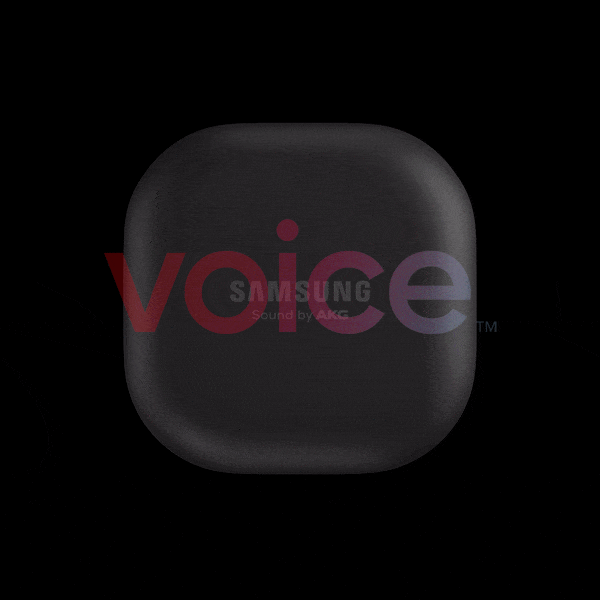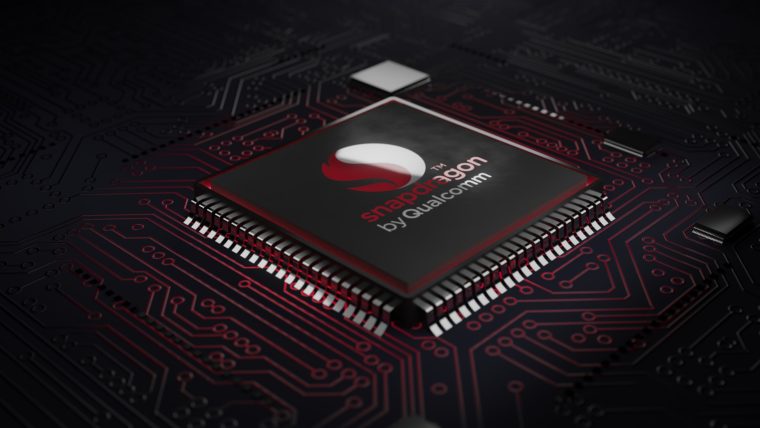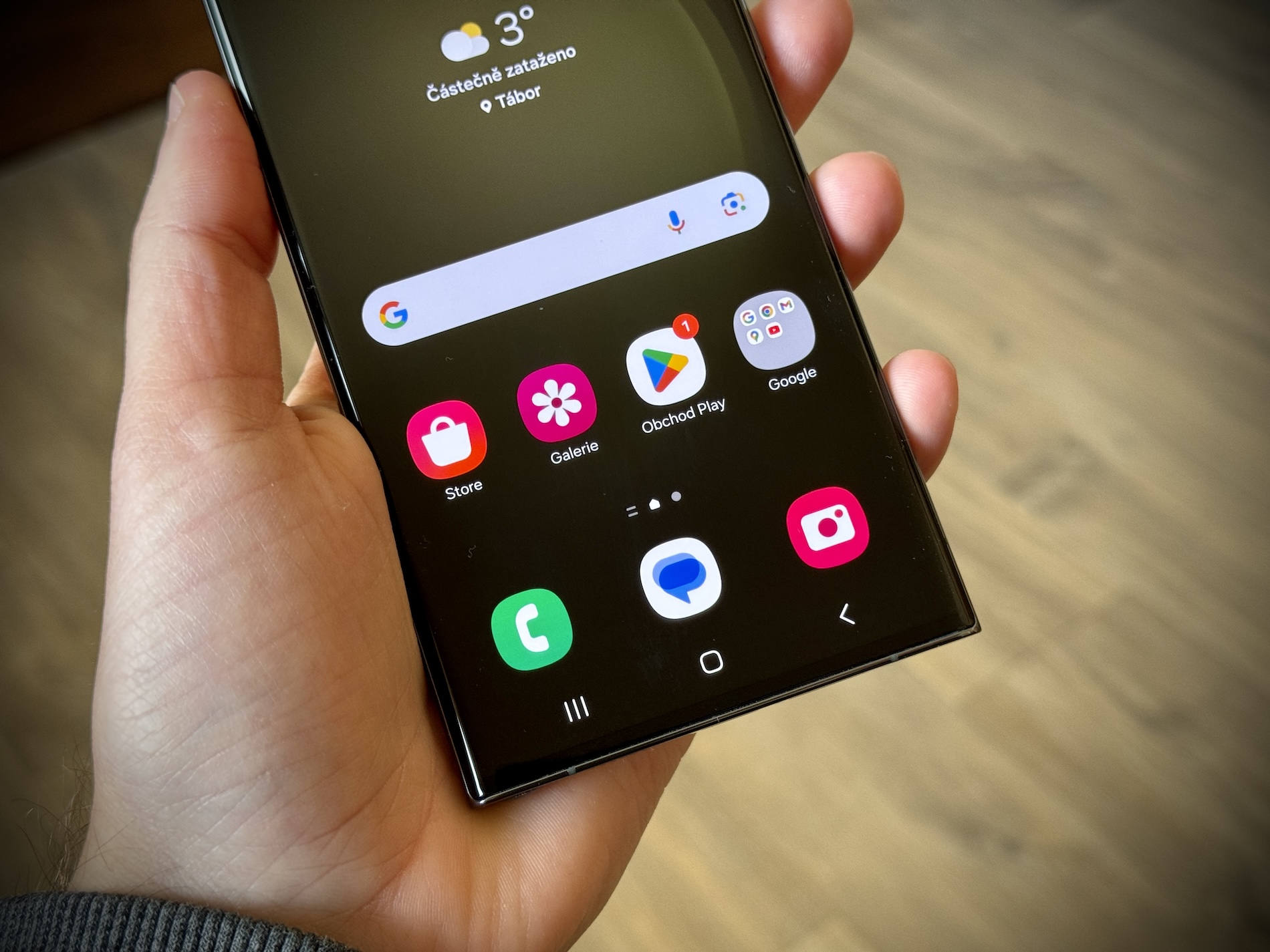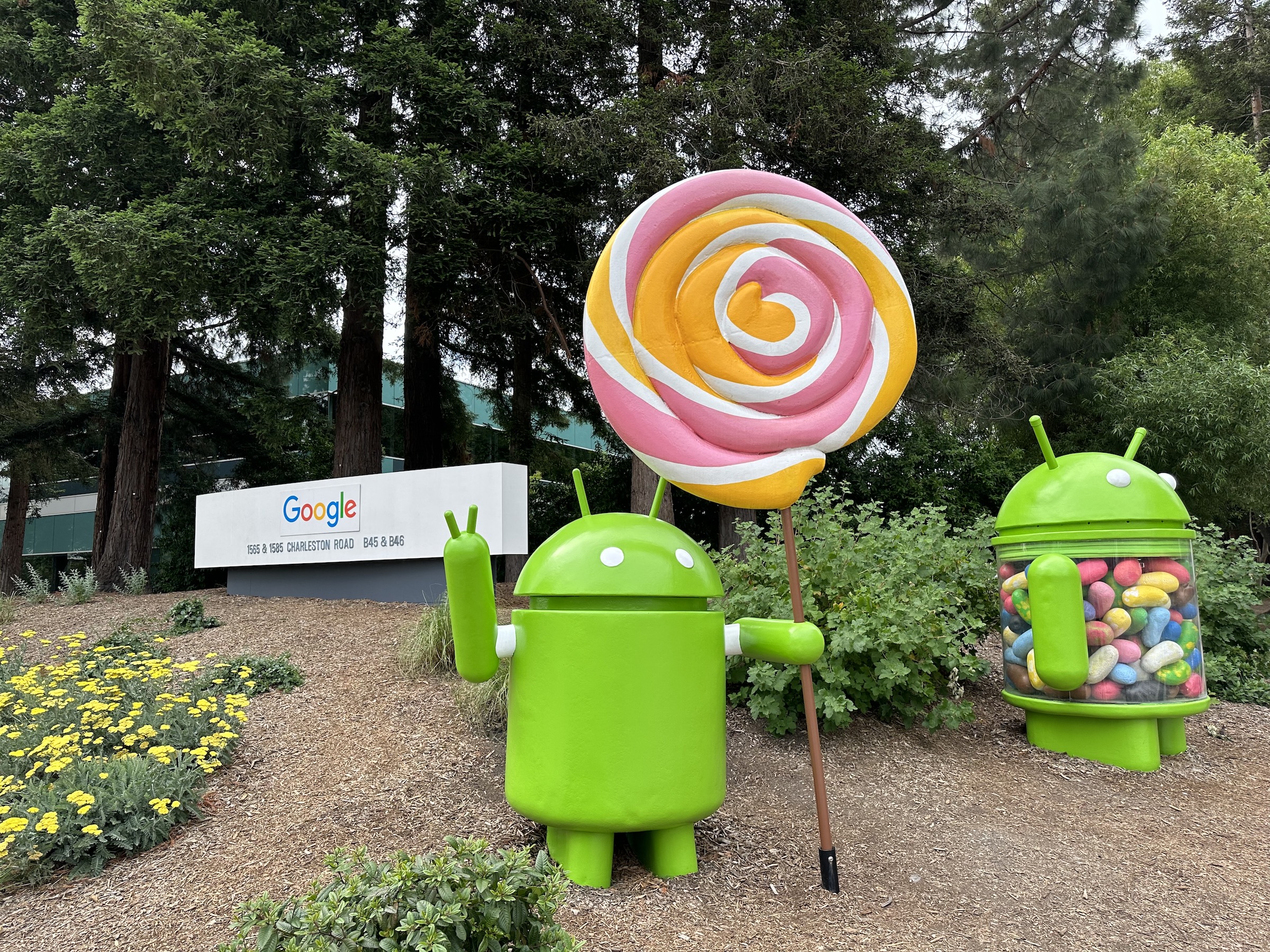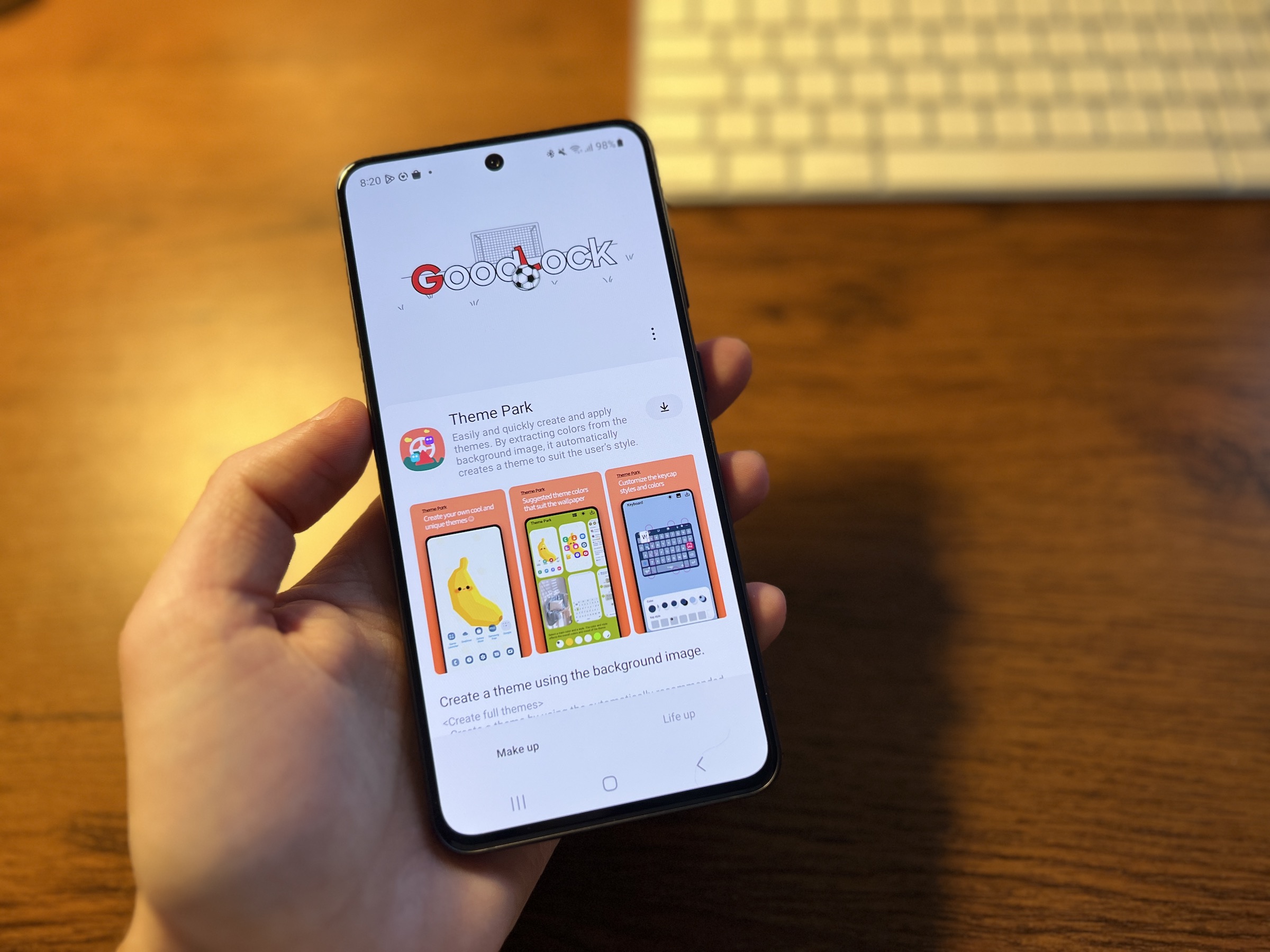Although it might seem that recently most mid-range smartphones, including the likes of the Google Pixel 5 or the OnePlus Nord, use Snapdragon 700 series chips, Qualcomm has not forgotten about the older Snapdragon 600 series. It has now introduced its new representative, the Snapdragon chip 678, which builds on the two-year-old Snapdragon 675.
We could call the Snapdragon 678 a "refresh" of the Snapdragon 675, because it really doesn't bring much change. It is primarily equipped with the same Kyro 460 processor and Adreno 612 graphics chip as its predecessor. However, the manufacturer clocked the processor slightly higher than last time – it now reaches a frequency of up to 2,2 GHz, which represents an increase of 200 MHz. According to Qualcomm, it made modifications to increase the performance of the GPU as well, but unlike the processor, it did not reveal the details informace. In any case, it can be expected that the overall performance improvement of the chipset will be rather small, since it is built on the 11nm process as its predecessor.
The chip also received the Spectra 250L image processor, which supports video recording in 4K resolution and cameras up to 48 MPx resolution (or a dual camera with 16+16 MPx resolution). In addition, it supports the expected photographic functions such as portrait mode, five times optical zoom or shooting in low light.
In terms of connectivity, the Snapdragon 678 has the same modem as its predecessor, the Snapdragon X12 LTE model, however, Qualcomm has equipped it with support for a feature called License Assisted Access, which uses unlicensed 5GHz spectrum in combination with mobile operator aggregation to increase capacity. Under ideal conditions, the user will still have a high download speed, and according to Qualcomm, the modem can provide a maximum download speed of 600 MB/s. In addition, the chip supports the standard Wi-Fi 802.11 on Bluetooth 5.0. As expected, 5G network support is missing here.
Apparently, the Snapdragon 678, following the example of its predecessor, will power mainly cheap smartphones from Chinese brands such as Xiaomi or Oppo. At the moment, it is not known which phone will use it first.
You could be interested in
